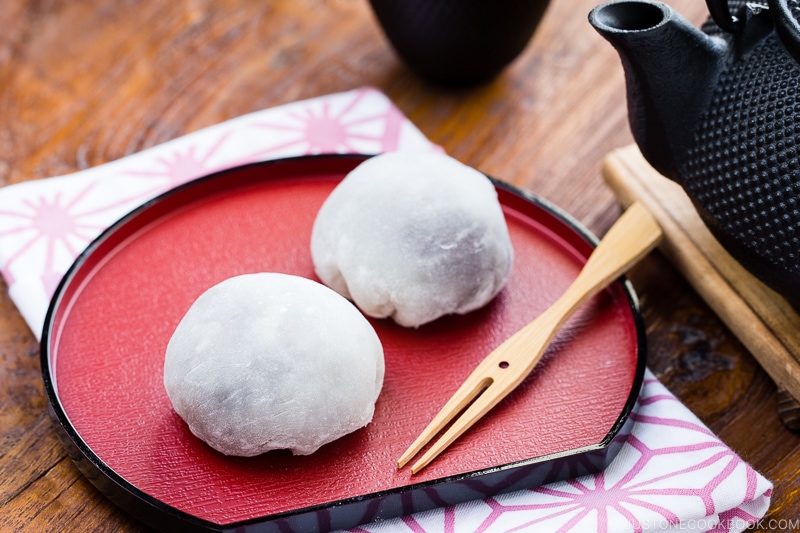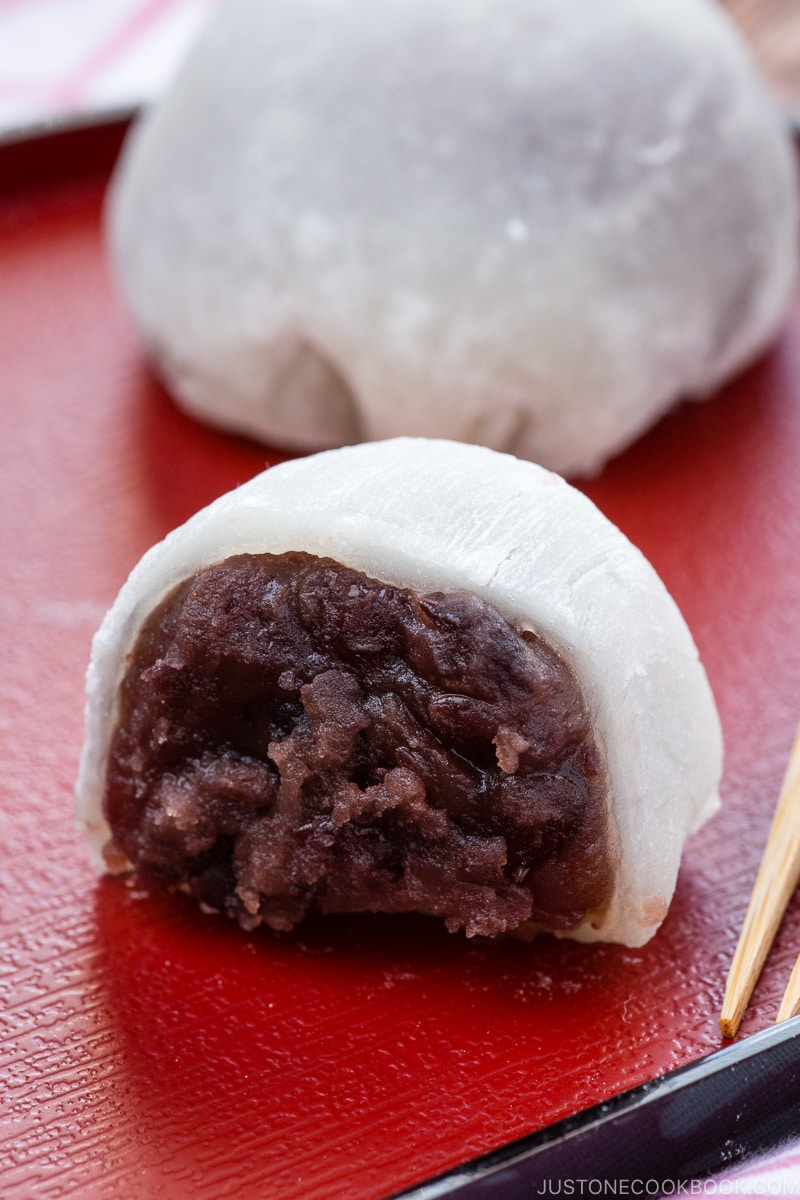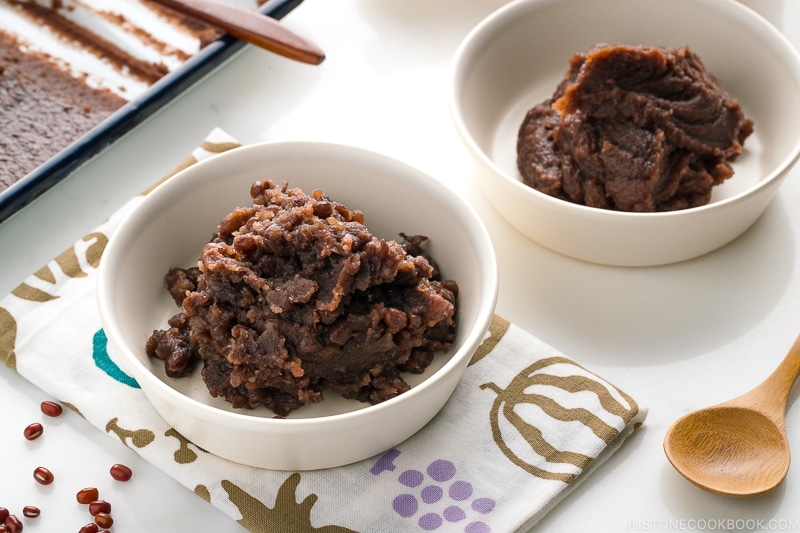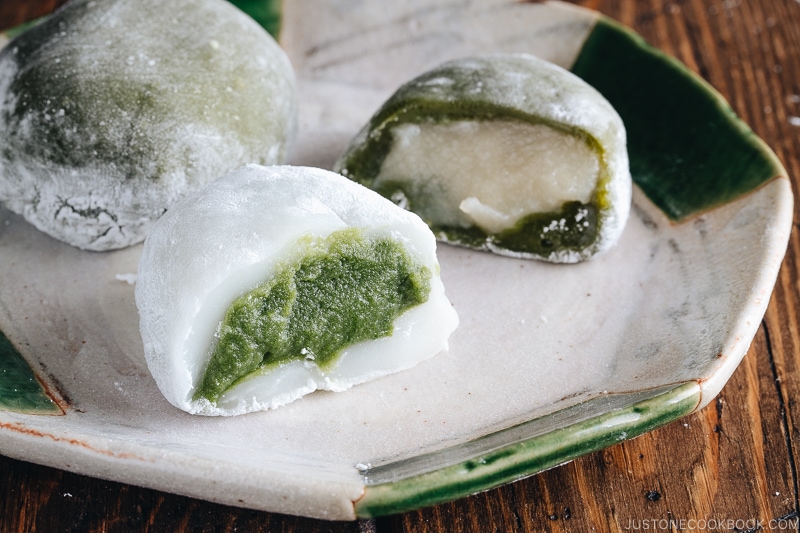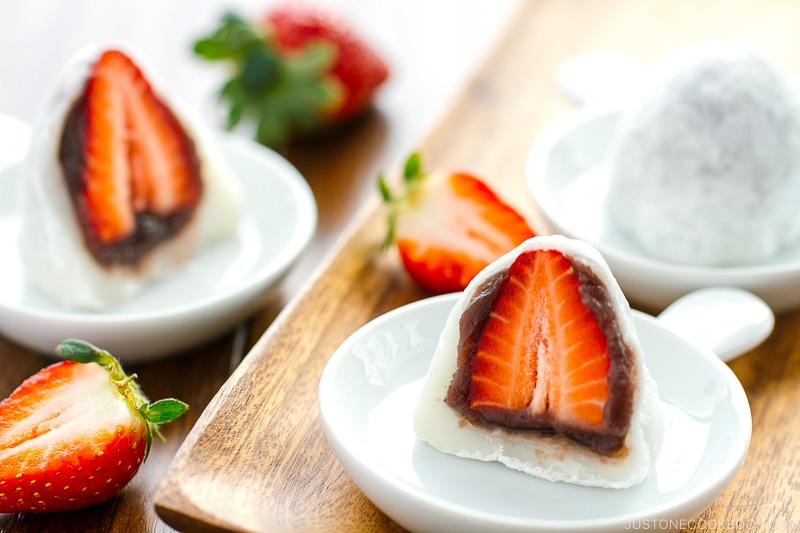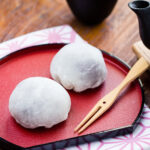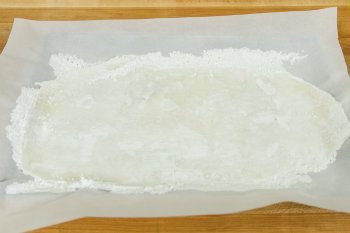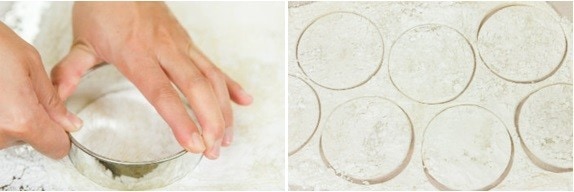Daifuku (大福) or daifuku mochi (大福餅) is a small, round white mochi stuffed with anko (sweetened red bean paste) made from azuki beans. We usually enjoy this popular Japanese sweet with green tea. I’ve previously shared my seasonal Strawberry Daifuku recipe stuffed with fresh strawberries and anko. While strawberry daifuku is usually available in springtime, you can find classic daifuku all year round at Japanese confectionery shops and supermarkets. Here, I will show you how to make daifuku with 2 quick and easy methods—steaming (the traditional method) and microwaving.
What is Daifuku?
Among traditional Japanese treats and sweets (wagashi), daifuku is considered a type of mochi sweet. The word daifuku literally means “great luck.” What a perfect name! Who wouldn’t get lucky after eating these adorably round, chewy, and tasty treats?! In Japan, you’ll find all sorts of colors and fillings for daifuku. Some shops even make this stuffed Japanese rice cake palm-sized instead of the usual golf ball size (3-4 cm in diameter). You can also bake it, grill it, or cook it in soup.
A Quick History
Daifuku derived from uzura mochi (mochi shaped like a quail) that was popular in the early Edo period (1603–1867). During the Meiji period (1868–1912), salted red bean was a common filling since sugar was a luxury item. In 1875, it is said that a widow in Koishikawa, Edo (modern-day Tokyo) refashioned it to be smaller and added sugar to the red bean paste. This new version was called habotai mochi (thick belly rice cake) because it resembled a well-fed belly. The name later changed to daifuku mochi or big belly rice cake, as fuku can mean both “belly” and “luck.” It was given a new meaning by using “大福” the kanji (Chinese characters) for “big luck.” Today, we often serve daifuku for Japanese New Year and springtime celebrations to bring luck and good fortune.
Ingredients You’ll Need
shiratamako (glutinous rice flour/sweet rice flour) OR mochiko – I prefer to use shiratamako as it yields a better texture. However, I understand that mochiko is more affordable and widely accessible. water sugar potato starch or cornstarch sweet red bean paste (anko) – store-bought or make it from scratch
How to Make Daifuku with Red Bean Filling
Homemade Red Bean Paste: Fine or Coarse Texture
You can make two types of red bean (anko) filling. Koshian has a fine texture or tsubuan has a coarse texture. I’m more inclined to use tsubuan for its coarse texture so I can still taste the azuki bean skin in the paste. However, it’s totally personal. You can make anko in advance using my Homemade Anko recipe.
Different Flavors and Fillings for Daifuku
Sweet red bean paste filling is common, but you’ll find many other popular daifuku flavors and fillings:
yomogi daifuku – Green-colored mochi made with yomogi (Japanese mugwort leaves). matcha daifuku – Matcha (green tea powder) flavors the mochi, the white bean paste (shiroan), or both. ichigo daifuku – A springtime favorite stuffed with whole strawberry. shio daifuku – Salt and sugar season the red bean filling for a sweet-salty flavor combo. ume daifuku – Tangy Japanese plum (ume) coats the red bean paste filling. A precious flavor to enjoy in early spring. coffee daifuku – The filling is a creamy, coffee-flavored bean paste; sometimes the coffee is mixed into the mochi itself; some variations like café au lait daifuku include fresh cream. white bean paste (shiroan) daifuku – After anko, mild-tasting white bean paste made from lima beans or butter beans is a very popular filling. daifuku with kinako paste – A filling made from roasted soybean flour.
More Japanese Desserts and Sweets
How to Make Mochi with a Stand Mixer Mitarashi Dango Shiratama Dango Wagashi Guide: History of Japanese Confectioneries What is Mochi? All You Need to Know About Japanese Rice Cakes
Wish to learn more about Japanese cooking? Sign up for our free newsletter to receive cooking tips & recipe updates! And stay in touch with me on Facebook, Pinterest, YouTube, and Instagram.

